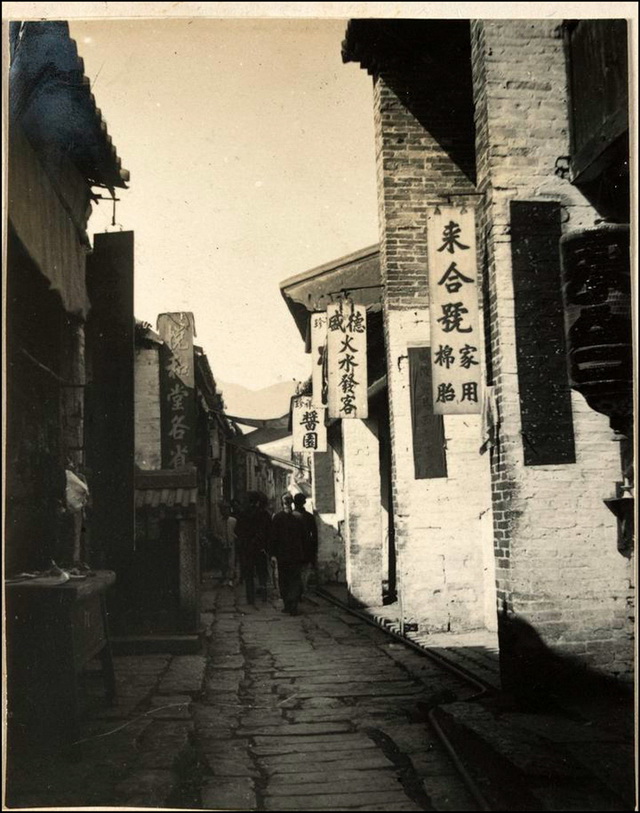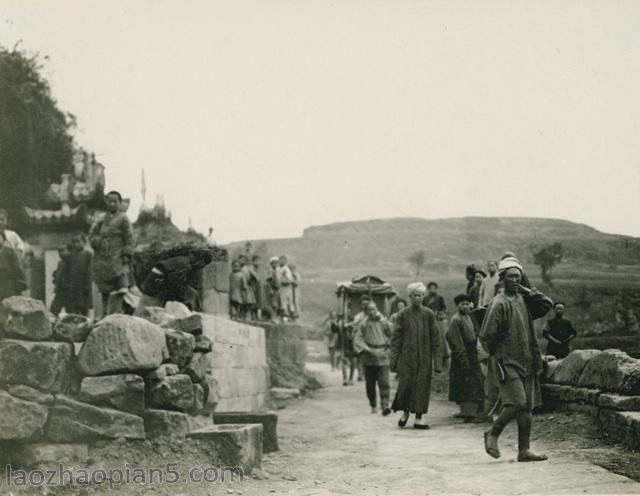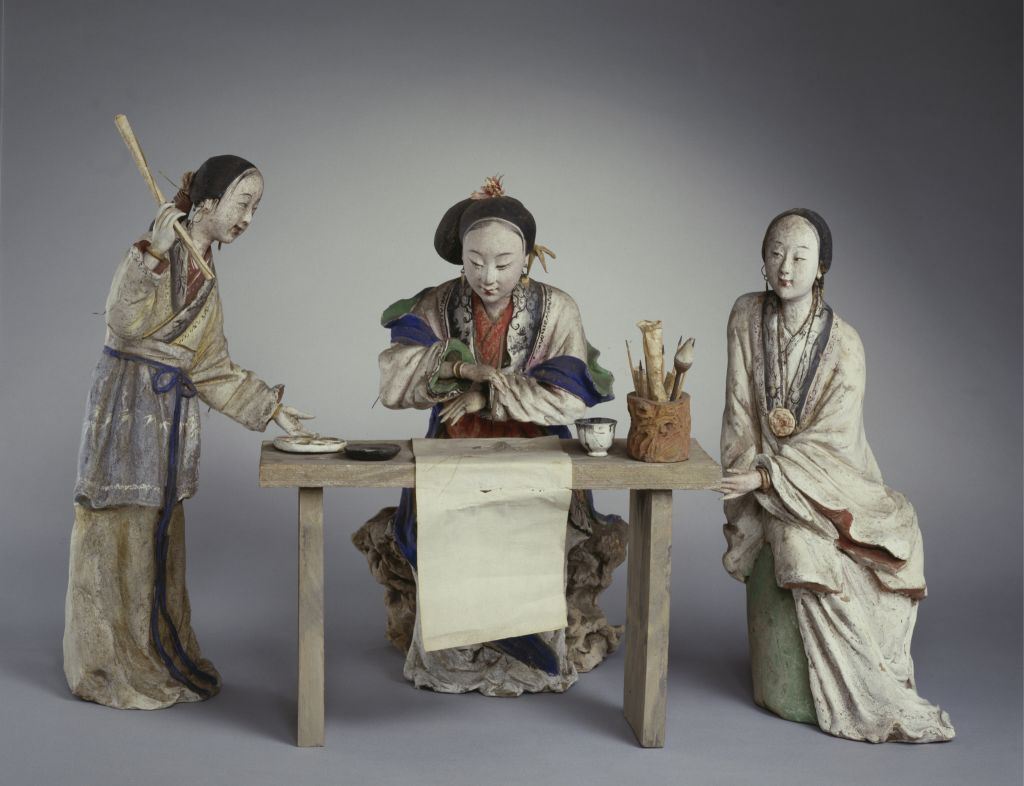[Langshining Suburb Original Horse Herding Map Volume]
The Suburb Original Horse Herding Map Volume, painted by Langshining in the Qing Dynasty, silk version, colored, 51.2 cm vertically and 166 cm horizontally
This painting is also called “The Painting of Eight Steeds”. On the picture, eight steeds are scattered in the countryside, lying, standing, eating grass, or playing. They are at ease, while the herders rest and watch under the trees. The painting of grazing theme is not a sketch of a single horse, but a comprehensive and integrated image of all kinds of horses. Therefore, in the process of creation, the painter can give full play to his imagination and make the horses appear lively, natural, vivid and interesting
With the help of Western painting techniques that pursue the realistic representation of the volume and three-dimensional sense of the object image, the painter vividly depicts the various postures of the horse, and even the luster of the hair is clearly presented in front of the viewer, which makes people feel like they want to express it. This is the unique artistic style of the “Haixi Painting School” led by Lang Shining in the history of Chinese art. The trees, rocks, flowers and plants in the background in the picture are all expressed in light and shade changes, so it can be judged that the painting should be created by Lang Shi in the Yongzheng period, because in the Qianlong period, Lang Shi Ning often painted only figures and Pommeled Horse in his paintings, and the background was supplemented by Chinese painters
Steed horses are common objects in Lang Shining’s works. The horses in his paintings are real and vivid. More importantly, he understands the symbolic significance of horses in traditional Chinese culture. Since ancient times, horse has been the symbol of the virtuous and virtuous society. The feudal emperors ordered the court painters to create with horse as the theme, implying the ardent hope of respecting the pillars of society and seeking talents. Lang’s painting with “eight steeds” is not accidental, it has its origin. It is said that in ancient times, King Mu of Zhou had eight good steeds, one is Green Ear, Stealing Li, Bai Yi, Yue Lun, Shanzi, Qu Huang, Hua Liu and Chi Ji (see the Biography of the Son of Mu), the other is Jedi, Fanyu, Runxiao, Chao Ying, Chao Hui, Chao Guang, Teng Wu, and Jiayi (see the Biography of the Son of Mu). King Mu of Zhou once drove these eight steeds to travel in the West. Therefore, the picture of the eight steeds also has the meaning of singing praises for the monarch and showing his majesty.
![图片[1]-Picture scroll of the original horse herding in Langshining suburb-China Archive](https://chinaarchive.net/Qing dynasty/painting/s58def9294d78f.jpg)




![[Qing Dynasty] British female painter—Elizabeth Keith, using woodblock prints to record China from the late Qing Dynasty to the early Republic of China—1915-China Archive](https://chinaarchive.net/wp-content/uploads/2022/11/image-191x300.png)
